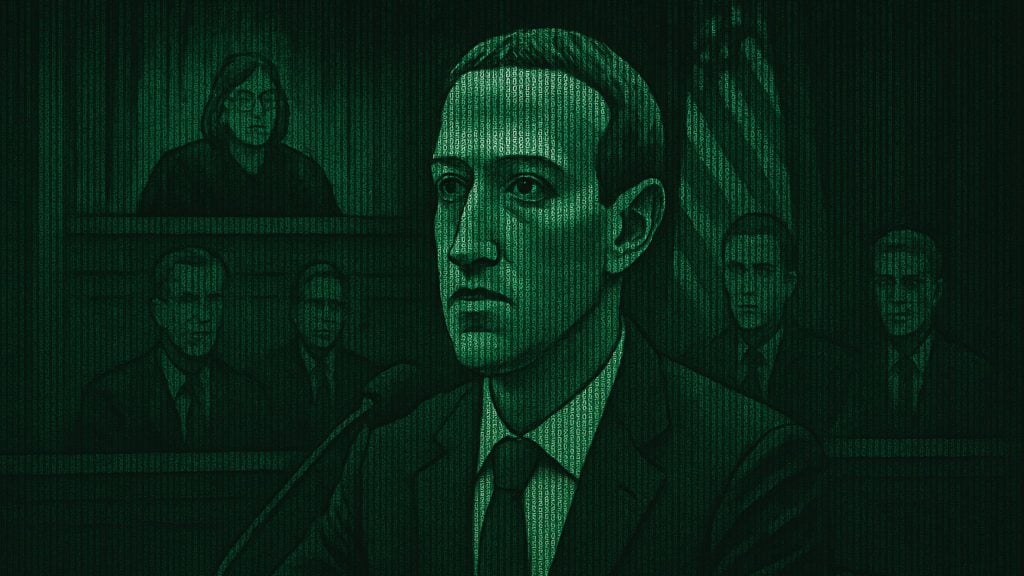The legacy media is continuing to attack YouTube and now news commentator Philip DeFranco has been caught in the crossfire. Earlier today, The New York Times published an article titled “The Making of a YouTube Radical” which featured a photo of the self-described socially liberal Philip DeFranco alongside text suggesting he’s part of a “far-right universe.”
Many of the people in the collage that features in the article are not “far-right” but DeFranco’s inclusion is particularly surprising because he says he previously identified as libertarian but no longer identifies with any political label and is:
“Pretty liberal on things like gay marriage, trans rights, and bathrooms, stuff like that, and pretty conservative when it comes to business, taxes, things like that.”
His news commentary show on YouTube, The Philip DeFranco Show, is also definitely not right-leaning. For example, his takes on Alex Jones being banned from various big tech platforms and the Covington kids incident were the opposite of the takes from most high profile conservatives.
Regardless of this, the original article from The New York Times featured a photo of DeFranco alongside the text:
“Caleb Cain was a college dropout looking for direction. He turned to YouTube. Soon, he was pulled into a far-right universe, watching thousands of videos filled with conspiracy theories, misogyny and racism. “I was brainwashed.””
https://twitter.com/phillyd/status/1137389828184584197
The article has now been changed so that DeFranco’s photo appears alongside the text:
Click here to display content from X.
Learn more in X’s privacy policy.
https://twitter.com/phillyd/status/1137395783253151744
Robert Barnes, a trial lawyer who is currently representing infowars host Alex Jones, also suggested that a clarification by Kevin Roose, the writer of the piece, serves as an admission by The New York Times that it deliberately misled its audience by placing photos of DeFranco and others next to headlines such as “far right,” “radical,” “misogyny,” “racist,” and “filled with conspiracy theories.”
Click here to display content from X.
Learn more in X’s privacy policy.
This hit piece from The New York Times is the latest in a series of legacy media hit pieces against YouTube and its creator community. Earlier this week, Vox host Carlos Maza started a mass pressure campaign to get comedian Steven Crowder silenced on YouTube. This campaign ultimately led to Crowder’s YouTube channel being demonetized and triggered a new adpocalypse that is being dubbed #VoxAdpocalypse by many. Then CNET’s editor-in-chief Ian Sherr attempted to get multiple gaming YouTubers demonetized.
What’s worrying about these recent legacy media smear campaigns is that they’ve all come within days of each other. They’re also targeting increasingly mainstream YouTube creators with DeFranco having 6.4 million subscribers. It appears that being a popular YouTube creator who competes with the dying legacy media is all it takes to be smeared.
Free Tutorial: Our step-by-step guide to starting your own website for fun or profit













